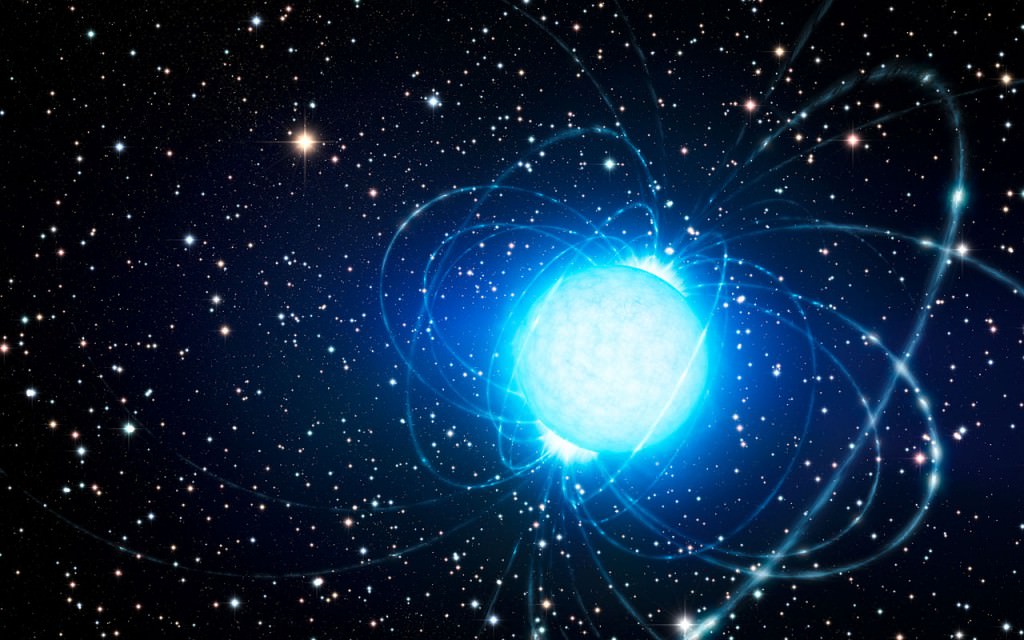How Squeezable are Neutron Stars?
By Paul M. Sutter
Two neutron stars. One is 50% more massive than the other, yet they are almost exactly the same size. The results have big implications for understanding what neutron stars are really made of.
In 2019 a team of astronomers led by Thomas Riley, a postdoctoral researcher, and Anna Watts, a professor of astrophysics at the University of Amsterdam, measured the mass and radius of a certain neutron star. The neutron star in question was J0030+0451 (or J0030 for short). They found it to be about 1.4 times the mass of the sun and about 16 miles across – pretty typical for neutron stars.
To make the measurement, the team used NASA’s Neutron star Interior Composition Explorer (NICER), an X-ray telescope on the International Space Station. J0030 is a particular kind of neutron star, called a pulsar, that beams powerful jets of radiation out into space. By carefully studying the frequency of the jets, the team could estimate its size.
More recently, they applied the same technique to the neutron star PSR J0740+6620 (J0740 for short), the most massive known neutron star.
Despite J0740 weighing 50% more than J0030, it was almost the exact same size. The new results suggest that neutron stars aren’t very squishy: when adding mass, they don’t tend to squeeze down to smaller volumes.
“Our new measurements of J0740 show that even though it’s almost 50% more massive than J0030, it’s essentially the same size,” Watts said. “That challenges some of the more squeezable models of neutron star cores, including versions where the interior is just a sea of quarks. J0740’s size and mass also pose problems for some less squeezable models containing only neutrons and protons.”
Physicists have long struggled to understand the interiors of neutron stars.
“We’re surrounded by normal matter, the stuff of our everyday experience, but there’s much we don’t know about how matter behaves, and how it is transformed, under extreme conditions,” said Zaven Arzoumanian, the NICER science lead at NASA’s Goddard Space Flight Center in Greenbelt, Maryland. “By measuring the sizes and masses of neutron stars with NICER, we are exploring matter on the verge of imploding into a black hole. Once that happens, we can no longer study matter because it’s hidden by the black hole’s event horizon.”
While the new observations do rule out some models of neutron star interiors, there’s still a lot more work to do.
“J0740’s size has us theorists baffled and excited,” said Sanjay Reddy, a professor of physics at the University of Washington who studies matter under extreme conditions but was not involved in the finding. “NICER’s measurements, combined with other multimessenger observations, seem to support the idea that pressure increases rapidly in massive neutron star cores. While this disfavors transitions to more squeezable forms of matter in the core, its implications are yet to be fully understood.”
The post How Squeezable are Neutron Stars? appeared first on Universe Today.

May 12, 2021 at 08:43PM
via Universe Today read more...

Post a Comment